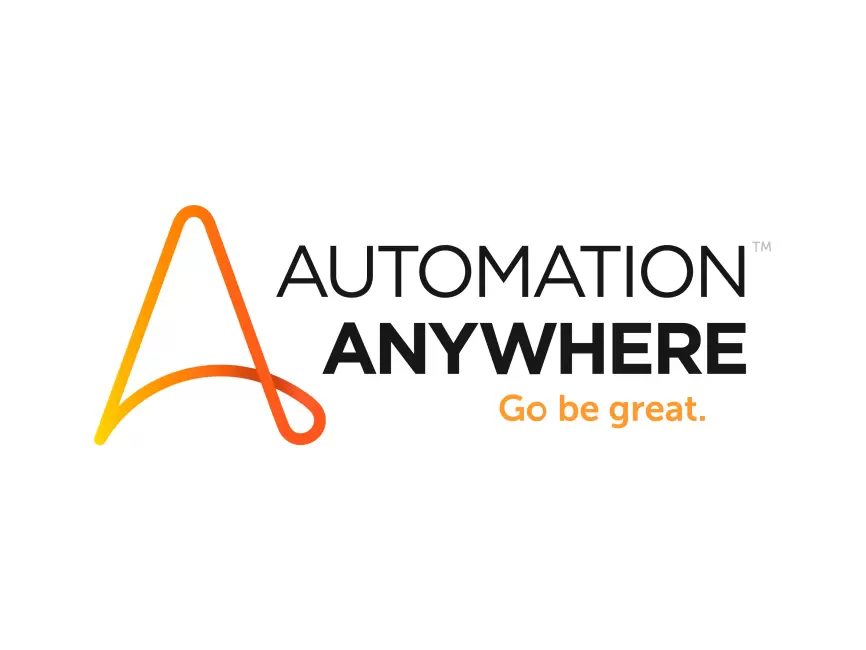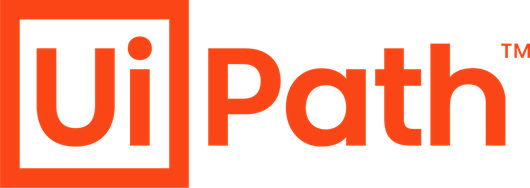
ROBOTICS PROCESS AUTOMATION
Robotic Process Automation (RPA) is an innovative technology that has been revolutionizing the way businesses operate in recent years. It has become a popular solution for automating repetitive, rule-based tasks across various industries, bringing significant improvements in efficiency, accuracy, and cost savings. At its core, RPA utilizes software robots, or “bots” to mimic the actions of human workers interacting with digital systems to execute a variety of tasks. These tasks can include data entry, invoice processing, customer onboarding, report generation, and many more. By automating these mundane processes, RPA allows employees to focus on more strategic and high-value activities, thereby boosting productivity and job satisfaction.
One of the key advantages of RPA is its non-intrusive nature, as it can be implemented without making changes to existing IT infrastructure. RPA is known for its ability to minimize errors and improve data accuracy. By reducing manual intervention, the technology helps in standardizing processes and mitigating the risks associated with human errors. This not only enhances the quality of work but also fosters compliance with regulations and industry standards.
The Next Generation RPA
The future of Robotic Process Automation (RPA) holds considerable potential, presenting significant opportunities for growth and impact across various industries. As technology evolves, the scope of RPA is set to expand, opening up various opportunities for organizations to enhance efficiency, productivity, and innovation. Another noteworthy aspect of RPA is its potential to scale operations without increasing headcount. As businesses experience growth or fluctuations in demand, RPA allows them to handle increased workloads efficiently, without the need to hire additional staff. This scalability makes RPA a valuable asset for organizations striving to remain agile and competitive in dynamic markets.
When considering an RPA as solution, start small but think big. Focusing on routine tasks that are repetitive should always be the first port of call. Since 40% of help desk queries are related to password resets, automating these tasks would be a worthy candidate for a POC (proof of concept). For complex processes, it helps to partner with a company that has a track record of helping businesses in your market.
The generation of RPA changed.
Types of RPA
1. Attended Automation:
This type of bot resides on the user’s computer and is usually triggered by the user. Attended automation is best suited for jobs that are triggered at points that are difficult to detect programmatically.
For example, say a customer service representative would normally need up to 3 screens and perform 5 manual steps to complete a transaction. Instead of going through all these, RPA robots can work as a representative, perform the necessary operations and ask the representative for advice when necessary. Attended automation can be deployed to augment these tasks for customer-facing employees who still need to complete manual work.
2. Unattended Automation:
These bots are like batch processes in the cloud and the data processing tasks are completed in the background. Unattended automation is, among other things, a solution for reducing the work of back-office employees. Unattended automation can be triggered in the following ways: data entry at a specified location, bot startup, orchestrator startup, and specified intervals.
3. Hybrid RPA:
In this type of RPA, attended and unattended RPA bots are combined to ensure the automation of both back-office and front-office activities. This enables end-to-end process automation.
ePradisys’s expertise
Microsoft Power Automate

Microsoft’s Power Automate is an automation tool that allows users to create automated workflows between their favorite apps and services to synchronize files, get notifications, collect data, and much more, enabling them to streamline their tasks without writing a single line of code. It offers seamless integration with Microsoft’s suite of products, such as Office 365, Dynamics 365, and Azure, along with a vast array of third-party applications and services.
Power Automate stands out for its user-friendly design, providing a low-code or no-code approach to automation, making it accessible to a broader range of users. Additionally, it incorporates advanced AI and machine learning capabilities, allowing for the creation of more intelligent and dynamic automation solutions. Its strong focus on security and compliance, combined with its extensive connectivity options, make it a compelling choice for organizations within the Microsoft ecosystem.
Automation Anywhere

Automation Anywhere is a leading Robotic Process Automation (RPA) software platform that specializes in automating complex business processes. It enables organizations to automate repetitive and rule-based tasks through the use of software robots, or “bots,” improving operational efficiency and reducing errors. Automation Anywhere also offers features such as process design and automation, seamless integration with various applications and systems, analytics and reporting, as well as a strong emphasis on security and compliance. Overall, it is designed to streamline operations, enhance productivity, and enable organizations to focus on higher-value work by automating mundane tasks.
UiPath

UiPath is a leading Robotic Process Automation (RPA) platform that enables organizations to automate repetitive tasks using software robots, improve operational efficiency, and integrate with various systems and applications. UiPath stands out from other software through its user-friendly interface, robust automation capabilities, extensive integration options, and strong focus on security and compliance. Its strong community support and advanced AI integration also differentiate it from other RPA software.
![Logo_Whitee[1]](https://pradisystechnologies.in/wp-content/uploads/2024/12/Logo_Whitee1.png)
